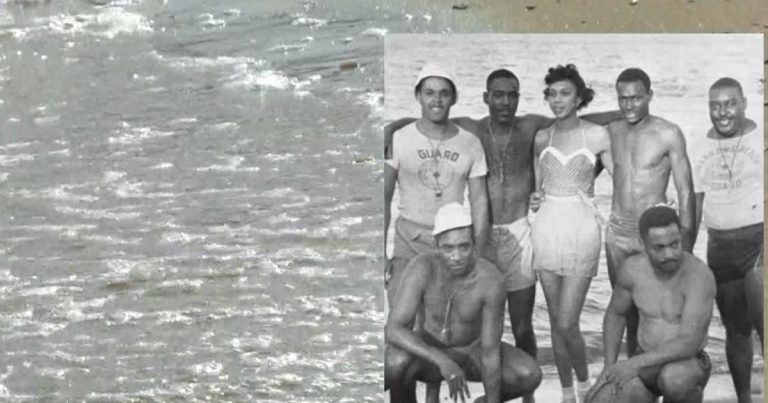BALTIMORE — During the oppressive era of Jim Crow laws, black people were often excluded from public beaches along the Chesapeake Bay.
However, a portion of the beach on the Annapolis Neck Peninsula, purchased by a former enslaved man, became a center of black culture, entertainment, and amusement.
It has hosted the likes of Ray Charles and James Brown.
The importance of Carr Beach has not always been recognized, but that is about to change.
The City of Annapolis plans to restore this important piece of African American history.
“These stories that happened here have been left untold for too long,” said Joel Dunn, of the Chesapeake Bay Conservancy.
Carr Beach was one of the only beach resorts that welcomed African Americans during segregation.
It was once a star-studded center of black culture.
“Center for black people who want to go swimming, enjoy the sun or listen to one of their favorite acts — Sarah Vaughan, Ella Fitzgerald, the hard-working man in show business, James Brown,” said Roslyn Johnson, director of the Rec and Parks Foundation. City of Annapolis.
African Americans were then prohibited from using any of the nearby whites-only beaches, Johnson said.
Now, nearly all of what was once legendary Carr Beach has been sold and developed, except for a 5-acre parcel known as Electonia Beach, which the city of Annapolis purchased in 2022.
The city of Annapolis finalized the purchase of this waterfront property last week, which was owned by educator and former Coppin State University president Dr. Barlett Moore.
“With this house available, it gives us the opportunity to tear it down and build a beautiful center that celebrates this history,” Annapolis Mayor Gavin Buckley said.
Together the two sites will become Elktonia-Car's Beach Heritage Park, managed by the city of Annapolis.
“This complex is more than just a pin in a map or a dot on the map,” said Vince Leggett, executive director of the Black Organization of Chesapeake.
The visitor center will also serve as the headquarters for blacks in the Chesapeake region.
“We were able to preserve the sand, the beach, the water and the dirt and tell the story of Black life in the Chesapeake Bay from an authentic place,” Leggett said.
“This beach is going to be beautiful and fun,” Buckley said. “We're going to rehabilitate the sidewalks here. There's going to be a 12- or 13-minute ferry to bring people from downtown.”
The approximately $9 million project will take place over the next 18 months and will include shoreline restoration as well as the construction of educational trails and signage about the history of the site.
“This black history will not be a footnote,” Dunn said. “It shouldn't have been this way, but it never will be, moving forward.”
“I think this is going to become a nationwide destination,” Buckley said.

